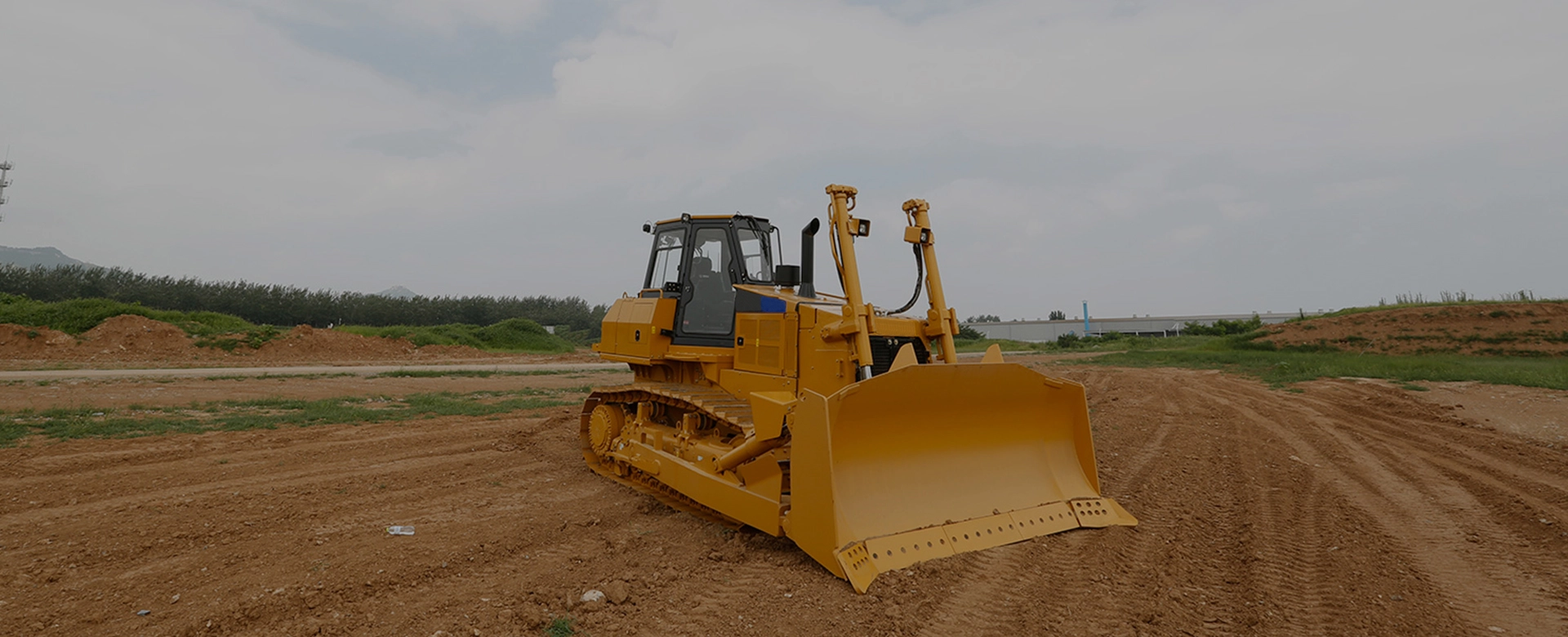
Bulldozers are highly effective in removing different types of vegetation. They can easily flatten grasslands, clear bushes, and even uproot small-to-medium-sized trees. The blade can be adjusted to different angles to either cut through vegetation at ground level or to lift and uproot it. In a land-development project for a housing complex, bulldozers can quickly clear a plot of land covered with overgrown grass and shrubs, preparing it for further construction activities.
In agricultural settings, bulldozers can be used to clear old crop fields, remove unwanted plants, and level the ground for new plantings. They can also create firebreaks by clearing vegetation in areas prone to wildfires.
Bulldozer tracks are typically wide to distribute the machine's weight over a large area. This reduces the ground pressure, which is crucial when operating on soft or unstable terrains like marshes or freshly excavated earth.
The track tensioning system of a bulldozer is an important feature for tough terrains. It ensures that the tracks are properly tensioned, neither too loose nor too tight.
Some modern bulldozers also have a form of track-based suspension. This helps to absorb shocks and vibrations when the bulldozer moves over rough terrain.
Most bulldozers are powered by diesel engines due to their high -torque output. Torque is the rotational force that enables the bulldozer to push through tough materials and move over difficult terrains.

